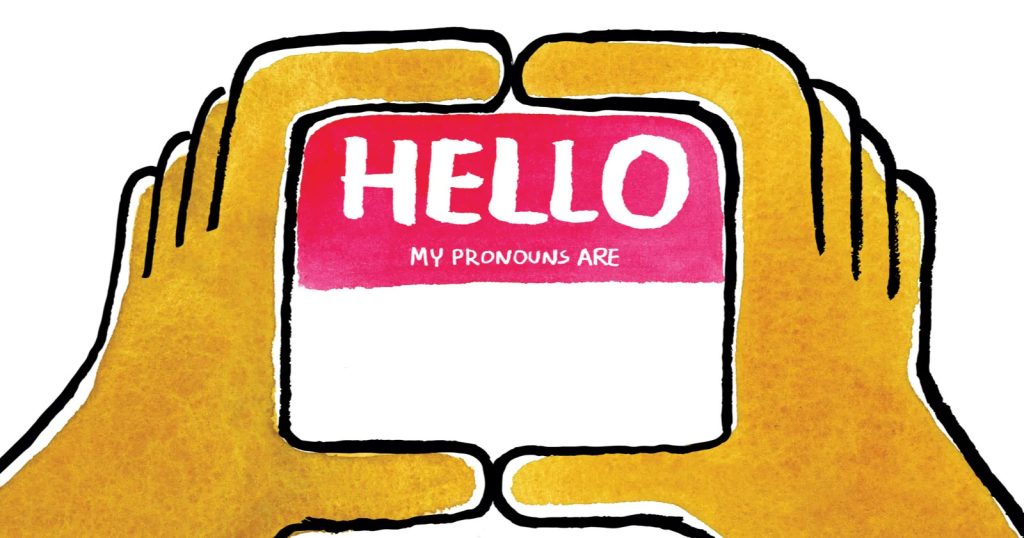Pronouns are language tools that we use to refer to people for example they/them/theirs, she/her/hers, he/him/his. They are an important element used to define people’s gender and sexual identities.
Sharing pronouns is a crucial activity in the beginning of any interaction. Doing this routinely also encourages others to follow suit and demonstrate their allyship, especially towards individuals from the LGBTQIA+ community.
How to ask for someone’s pronouns
Here are a few ways you can ask people about their preferred pronouns at the beginning of a conversation:
“What pronouns do you use?”
“What pronouns would you like me to use?”
What are they/them/theirs pronouns all about
While we might typically think of “they/them/theirs” as a plural pronoun, it is a very significant one when it comes to LGBTQIA+ inclusion. When we refer to a person whose gender we do not know or someone who is non-binary, we might use “they” as the pronoun.
In these instances, respect for people’s identities comes before grammatical efficiency.
Why can’t I just guess someone’s pronouns by looking at them?
By assuming someone’s pronouns based on how they look, it reinforces harmful stereotypes. For example, assuming that masculine-looking people always use he/him/his pronouns and identify as a man. This is a generalisation and might not always be fact. This is why we want to ask, not assume, someone’s pronouns.
What if I make a mistake and use the wrong pronouns?
Mistakes can happen when using pronouns. If this does happen, it is best to:
- Apologise
- Learn from mistakes
- Move forward
At Serein, we help teams build everyday allyship through inclusive language practices that create safety and respect for all gender identities. Connect with us at hello@serein.in to start meaningful conversations that go beyond pronouns.


